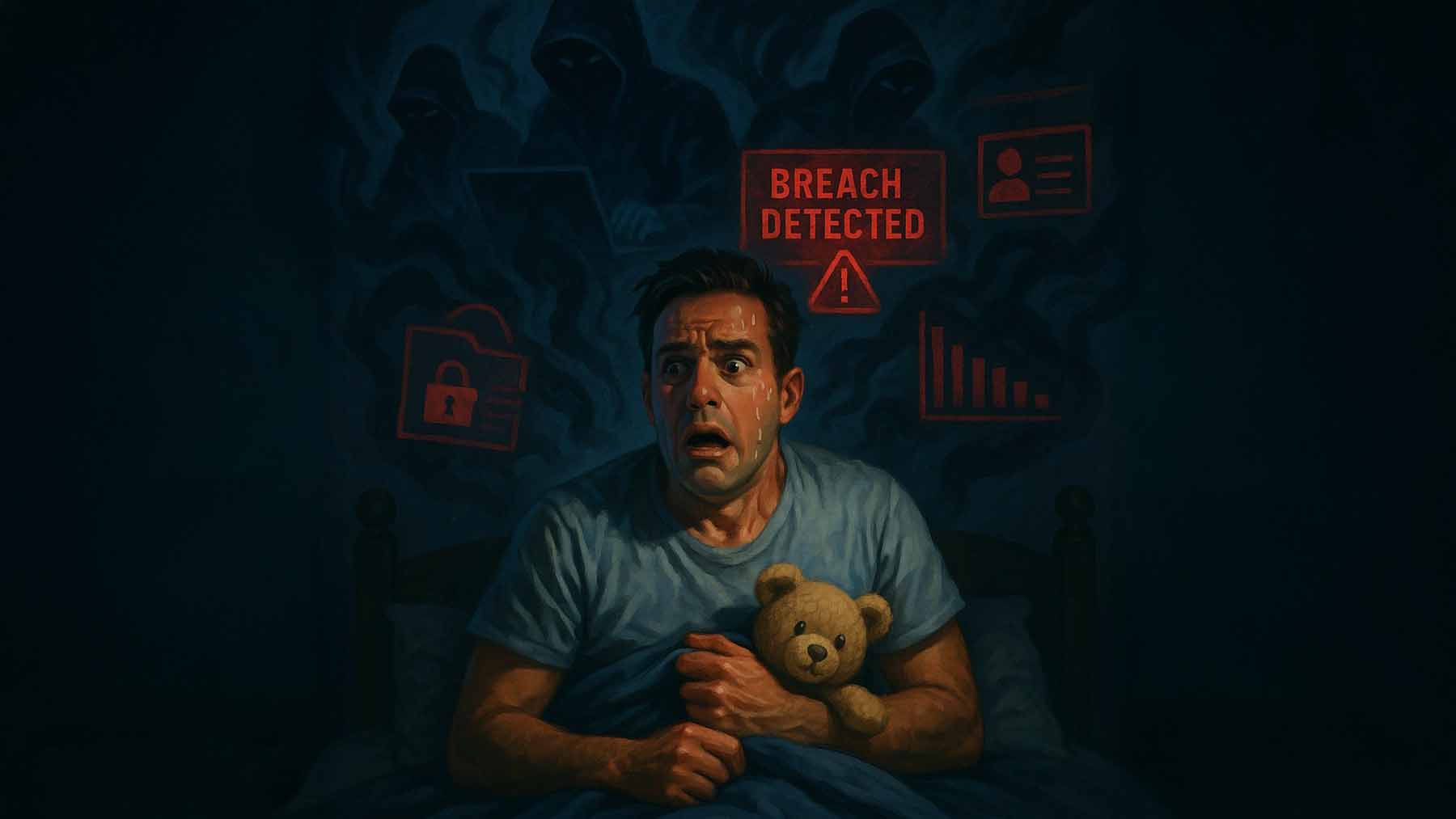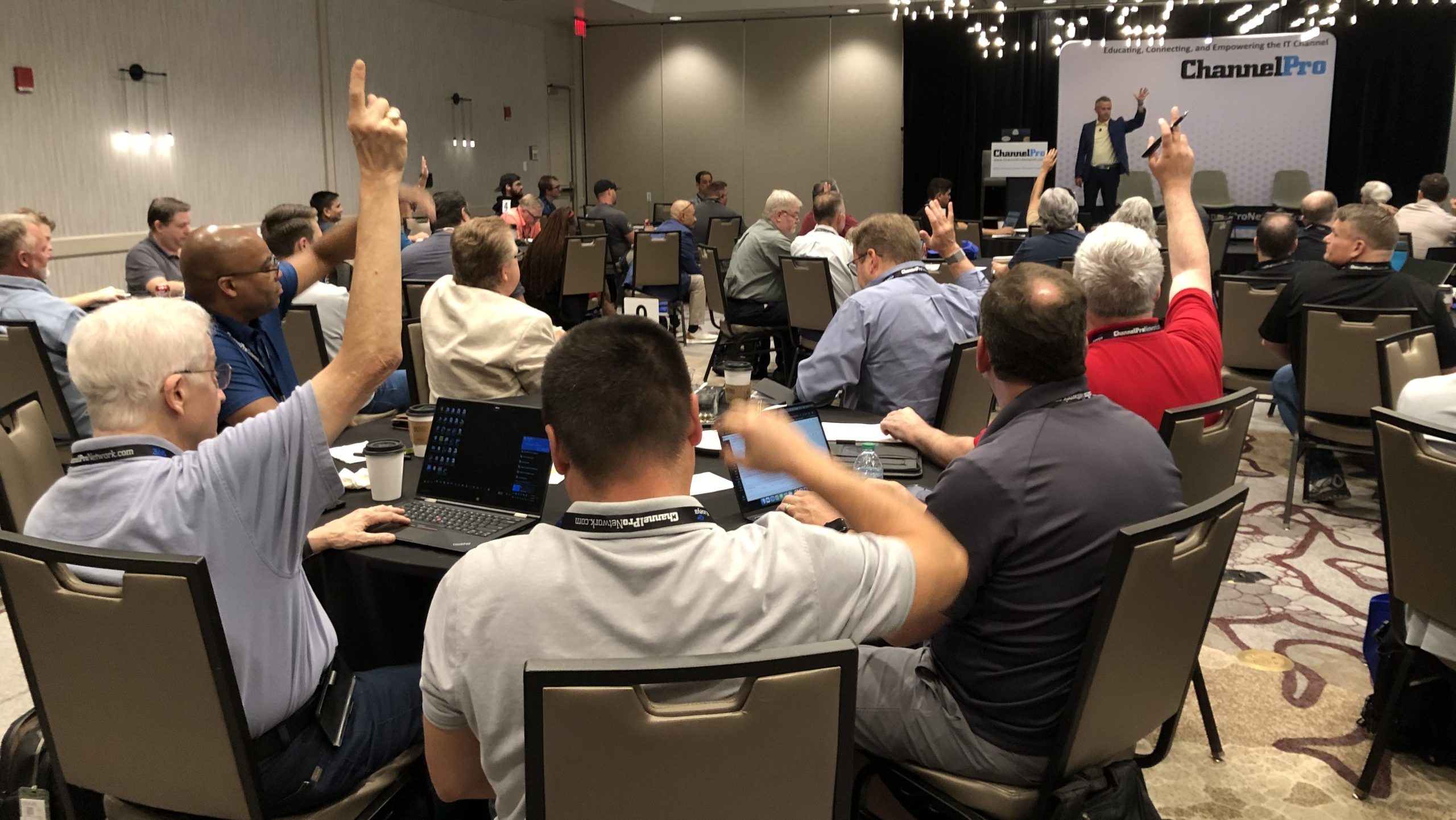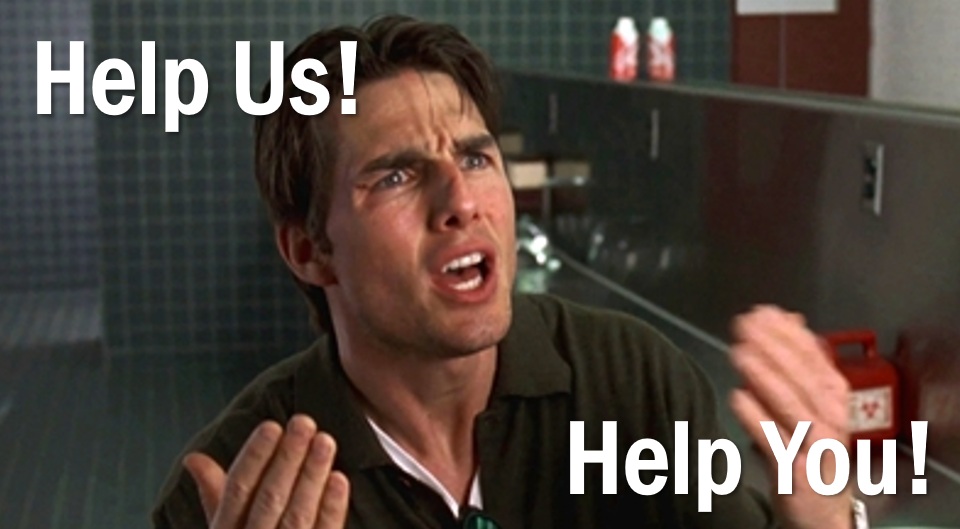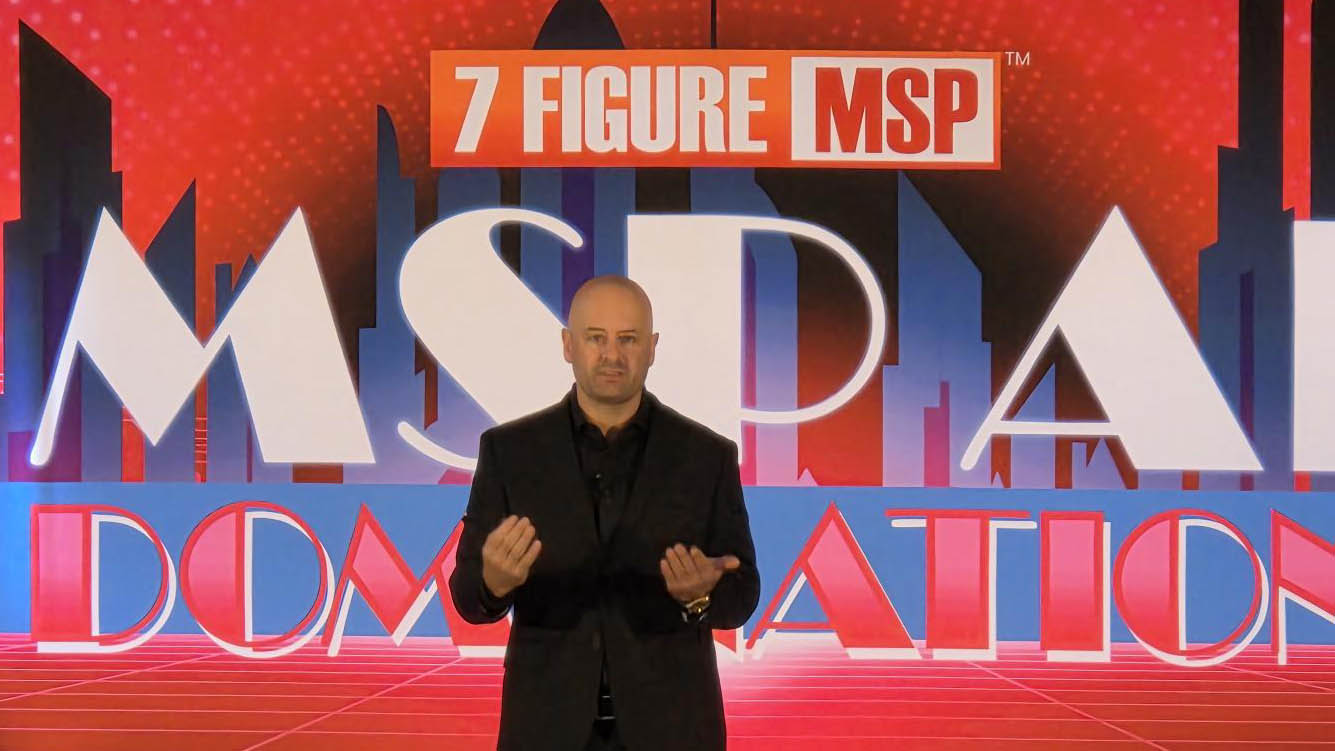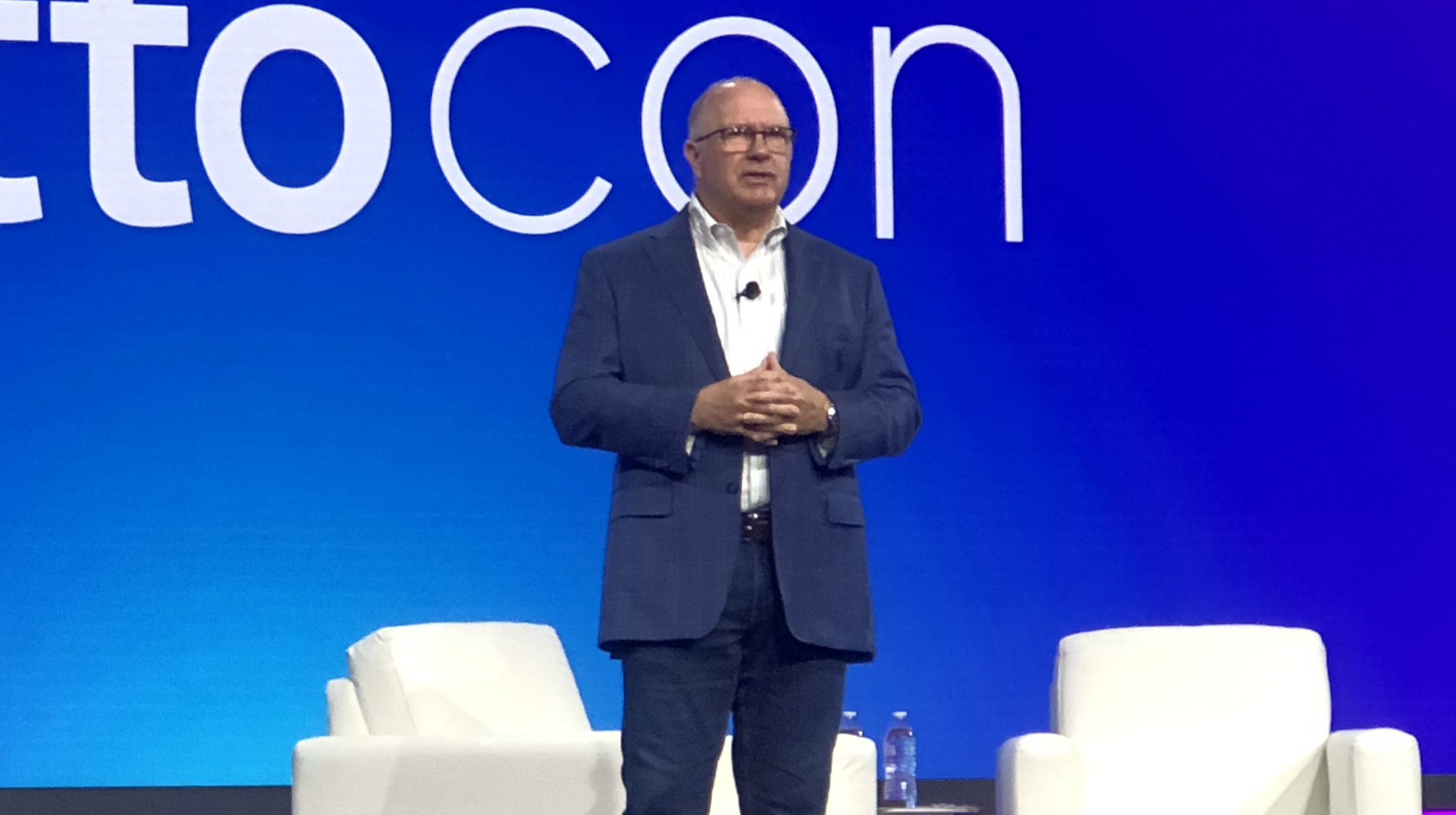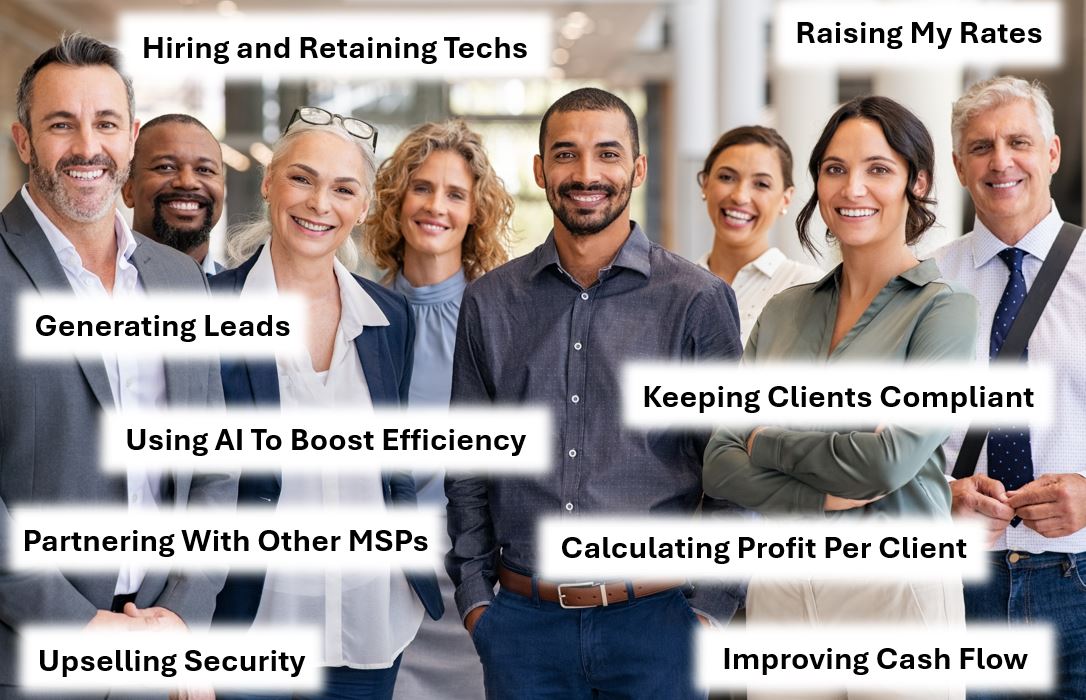YOU KNOW EXCELLENCE when you see it, whether it’s the Bentley Flying Spur driving by, the Patek Philippe watch in the jeweler’s window, the $1,000 a night hotel suite, or Tom Brady winning another trophy. Your customers also know excellence, and they expect it with every experience—a call they make for support, a quote request, or a meeting to discuss ways to improve their business. When you disappoint them, they have a much easier time switching MSPs than you have of winning the Super Bowl (seven for Tom).
Delivering an excellent customer experience, or CX, will attract loyal fans who willingly pay a premium, refer their friends, and stick with you long-term. Conversely, an unpleasant customer experience stays with customers, causing some to refuse to do business with you any longer, according to Erica Martinez-Rose, CEO of Tech Rage IT, an MSP in Winter Springs, Fla.
Customer experience is distinctly different from customer service. Service is what you provide to the customer, but “experience is what the customer feels about what they’re going through,” says Stanley Louissaint, founder and principal of Fluid Designs, an MSP in Union City, N.J.
CX is “the way I’m treated from beginning to end when interacting with a product or service”, adds Martinez-Rose.
In the big picture, CX is “the overall impression that a customer has of a brand, company, or service provider throughout all elements of the relationship,” says Marc Bodner, senior director of business development for American Technology Services, an IT services business in Fairfax, Va.

Stanley Louissaint
When you think excellent CX, think of businesses like Apple, Disney, and Carvana, says George Humphrey, vice president and managing director for the Technology & Services Industry Association, a research and advisory firm in San Diego. “They obsess over the experience,” he notes. Every Disney Park provides a well-planned presentation, just like every McDonald’s offers a consistent menu and dining environment. “Disney is the happiest place on earth,” he says. “You’ll pay a premium for the experience, but you’ll love it.”
Removing Friction
Price will always be a factor when choosing an MSP, Bodner says, but “almost any business owner of any size prefers a frictionless relationship over saving a few dollars.” To Bodner, a frictionless CX is the key contributor to customer retention.
Juan Fernandez, former MSP and now CEO of the consulting firm MSP Growth Coalition, agrees. “If you remove friction from your customer, there’s no reason for them to look at other providers.”
Humphrey points to Amazon Web Services as a provider of frictionless sales. “With AWS, you get on with three clicks,” he says. Humphrey contrasts that experience with purchasing storage as a service from a major hardware vendor: First, users must find it on their website, educate themselves, decide what they want, fill in the information, and then get told after all that time and trouble they must wait for someone to get back to them.
For Louissaint, a frictionless interaction means “white glove” service. “Everything I do is white glove, and I ensure every touch of the client works to make things as easy as possible for them,” he explains. For example, his clients don’t enter tickets; “they talk to a human” at his answering service, who asks questions to make sure the customer gets what they need. Plus, as a solo shop, he’s involved in every customer contact. “I’m the person interacting with clients, a real benefit.”
Putting Yourself in Your Customers’ Shoes
Just because customers pay you doesn’t necessarily mean they’re happy, stresses Fernandez, who recommends hosting advisory councils to speak directly to important clients. “You should like the ones who complain the most,” he says, adding that some of his most difficult clients helped his former MSP improve by pointing out where the CX left a foul taste in their mouths.
He’s learned to respond quickly to the squeakiest wheel who calls on the phone, because they’re also the squeakiest wheel inside the company.

Erica Martinez-Rose
To get a better understanding of how customers experience doing business with you, Fernandez recommends putting yourself through the onboarding experience. “Yet when I ask an audience how many have done this, only one or two out of 100 raise their hand,” he notes.
Martinez-Rose does quality control by calling clients after projects to make sure they’re satisfied, because she observes that many customers don’t respond to surveys unless they’re upset.
Examining encounters or transactions that didn’t go well and how you handled those snafus is important, says Bodner. “A customer’s experience with a supplier should be excellent, and that means we should strive to deliver excellence in everything we do.”
Bodner advises being both sympathetic and empathetic, and to ask yourself how you would like to be treated if the roles were reversed. Don’t get frustrated or bent out of shape, he says. Take the extra second to think about what you’re hearing from your customer, and then “respond, don’t react.” When your car is in the shop, you want to hear it’s ready, not excuses. Your customers feel the same way.
Sometimes a tech may not be able to resolve a customer’s problem. If that occurs, Martinez-Rose allows them to exit their contract. “If they’re not happy, why should we keep them?” This attitude tells the customer their needs rate higher than her own, another way to develop customer loyalty.
Improving the Customer Experience
One way Fernandez encourages his MSP clients to improve the customer experience is to talk to them more often. “Have a quarterly or shorter business review with your customer,” Fernandez adds. “This is a static process for success with customers.” Find the review process that works best for your clients and repeat that process over and over.
Louissaint agrees. “You might feel you’re doing a good job, but maybe not.” He advises keeping communications clear and open, because “everything is good until it’s not.”
Humphrey believes success starts before you even sell a customer anything. “Have a conversation on how you can help them meet their goals,” he suggests, and ask prospects to fill out a simple Initiative Mapping Questionnaire beforehand. These identify the prospect’s top business challenges so you can map those challenges to service capabilities and provide white papers or presentations that address those general issues. Then get on the phone and let the prospect do most of the talking, Humphrey says. “Listen, understand, then architect their solution.”
Martinez-Rose sets expectations for prospects to make sure they’re a good fit. “If we don’t fit, we walk away,” she says. Clients who fit make time to meet with her; those who don’t will never find time to talk. When they mesh well, she sweetens the onboarding process with welcome kits with swag such as water bottles and mouse pads.
When engagement begins, don’t just do an installation, Humphrey says. “Do an integration with customer involvement and training.” Explain to them where they are and where they’re going. “There’s no renewal question if you’re always adding value and addressing their business needs.”

Juan Fernandez
For his part, Bodner follows a few guiding principles for working with clients. “Be careful what you promise.” It’s critical to set expectations, so if you don’t know something, admit it and then get the answer for them, he says. Perhaps his strongest rule for himself and all employees? “Honesty is expected. Dishonesty will kill the relationship.”
His method of becoming indispensable to the client is knowledge of their business, his products, and where to gain access to complementary products and services. Then, have patience. “The client knows a lot more about their business than you do,” he says. You match that by knowing your products and services, and which one best matches their needs.
Pay attention to details too, Bodner stresses. That includes properly written communications with no typos or acronyms and delivering projects on time and on budget.
Customers also pick up on the “emotion, communication, and body language” of a service provider, he continues, so instruct employees on the need for the client to feel good “Nobody wins when you provide the ‘service’ without a good experience,” adds Bodner.
Three short rules help Martinez-Rose stay on the correct CX track. “Listen to the customer, ask them for feedback, and make sure everyone in your company buys into the CX idea, from the receptionist to the accounting people.” She feels strongly enough about it to put her entire team in branded shirts, so they demonstrate excellent customer experience even at lunch or in the grocery store.
Martinez-Rose extends her CX focus to clients who leave for another provider. “When offboarding a client, treat them with the same level of respect as when you onboard them. We’ve had clients who left us and came back later.” She believes the offboarding process contributed to their return.
Fernandez strongly believes in creating processes and procedures on how to do everything in your business. “Your responsibility is to pave the path of success for your employees,” he says, and agrees it may seem like it will take forever. “Documented processes that enable people to be successful will make your customers the happiest and provide a high level of support. They’re also education for new employees coming in, making them productive more quickly.”
Finally, advises Louissaint, never use geek speak. “I never use tech talk in person or in a quote.” The focus is on the problem to solve. He doesn’t expect his clients to know what he knows because that’s his job. Beyond that, he always, always responds to people, and delivers on what he promises. “If you listen to your clients and pay attention to their needs, you’ll know where your next check is coming from.”
Paying Dividends
Surprising and delighting the customer will differentiate you from the competition, stresses Martinez-Rose. She knows her goal to treat everyone at the client company as the most important person pays dividends. Not only do her clients stay, “when individuals move to new companies, they refer us at their new place. You can’t pay for that kind of loyalty.”
She also points to the fact that her clients aren’t shy about being affiliated with her company because they engage with them on social media. She’s even used some customer testimonials on her own social media. A positive client helps her company maintain customer loyalty when things aren’t going right. “If they’re frustrated, they’re also patient and know it’s not our normal performance,” she says.
Louissaint feels strongly that the quality experience he delivers is why his customers are loyal. “There is a 100% correlation. I value their relationship, they stay, and they refer me.” Now 37, he’s proud that some clients he first supported when he was 16 are still with him.
Image: iStock






